Indonesia’s National Transportation Safety Committee (NTSC) today released their official preliminary report on the Sriwijaya Air Accident.
The preliminary report does not identify a specific cause for the Sriwijaya accident. However, it contains key information about the sequence of events and the systems involved. Unfortunately, the cockpit voice recorder is still missing, one month after the crash. So the report is still missing key details, regarding the actions of the crew.
Nonetheless, the NTSC’s preliminary report on the accident raises some questions about the autothrottle, and about some procedures within Sriwijaya. In our short article yesterday we looked into the sequence of events, based on ATC and ADS-B (i.e. GPS) data. The NTSC’s report goes into considerably more depth, using information from the Flight Data Recorder (FDR).
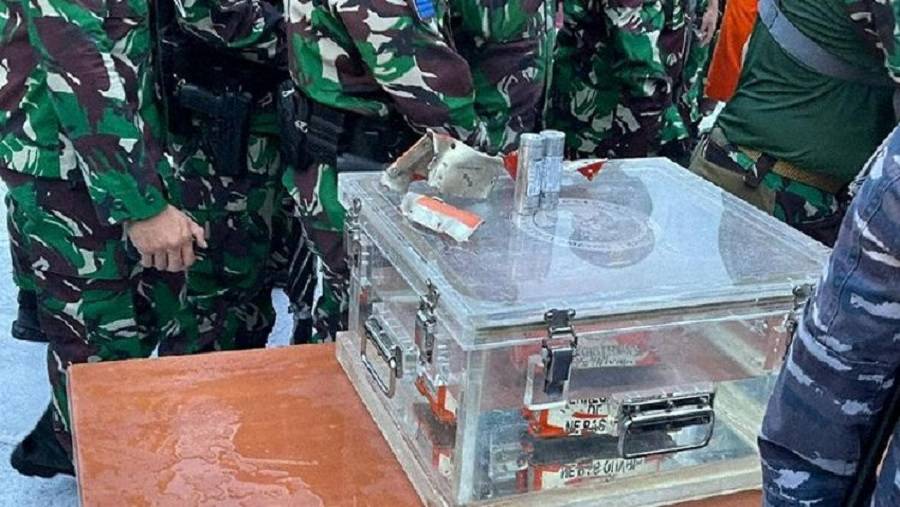
Crucially, the preliminary report shows that Sriwijaya flight SJ-182 had an experienced crew. The Captain (54yo) had nearly 18,000 flight hours, of which over half where on type. The First Officer (34yo) also had plenty of experience, with 5,107 hours, all but 150 of which were on type. As for the aircraft, it was nearly 27 years old and had 62,983 flight hours in 40,383 flight cycles. According to the NTSC report, visibility on the time of the accident was not a factor.
According to the preliminary report, the Sriwijaya flight took off at 14:36 local (07:36 UTC) from Jakarta airport’s runway 25R. And 46 seconds later, the flight crew contacted departure and got clearance for an unrestricted climb to 29,000 feet. They read back the instruction normally. Five seconds later, the FDR shows that the crew engaged the autopilot, at an altitude of 1,980 feet. Nearly two minutes later, the aircraft was going through 8,150 feet.
The Autothrottle’s Involvement
At this point, the preliminary report indicates that the left engine’s thrust lever on the Sriwijaya plane started reducing power. The autothrottle was engaged. And the right engine’s thrust lever did not move. The N1 (power) outputs of both engines were consistent with the movements of the thrust levers. Nine seconds later, a pilot radioed ATC to request a heading change to 075, to avoid weather. The traffic controller approved the request.
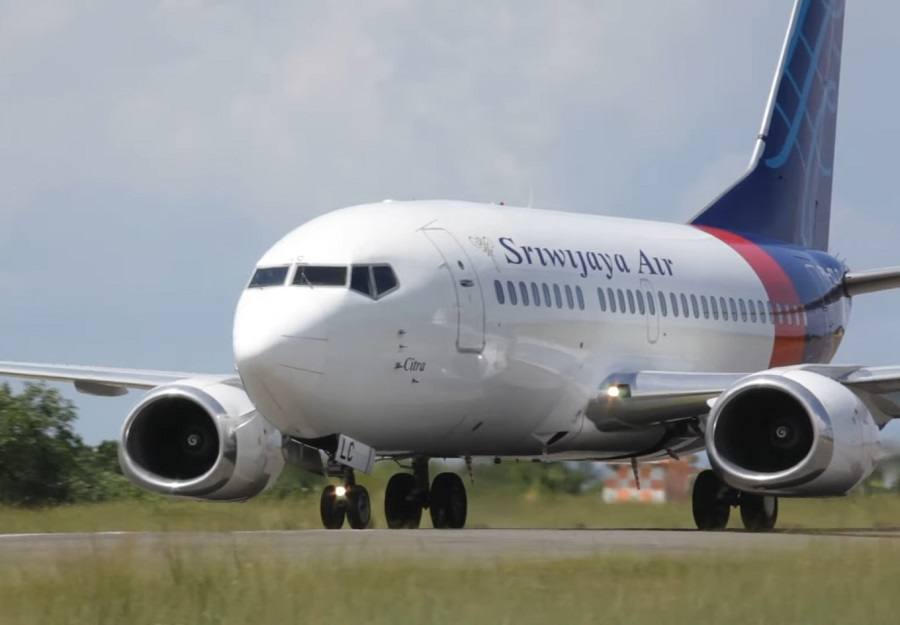
But the controller radioed again soon after, to restrict the crew to 11,000 feet, due to other traffic. The crew read back the instruction normally. At this point (14:39:47 local), the preliminary report shows that the Sriwijaya jet had reached 10,600 feet. But its heading was no longer showing a right turn. The plane had a heading of 046, and now turning left. Accordingly, the left engine thrust lever continued decreasing. The right thrust lever was stable.
The controller subsequently cleared the crew to climb to 13,000 feet. As before, the crew acknowledged. The preliminary report shows that the Sriwijaya aircraft reached its maximum 10,900ft altitude, six seconds after the crew’s response. With thrust on one engine reducing, the aircraft then started descending. And this is when the autopilot disengaged. The aircraft had a heading of 016, the pitch angle was 4.5° nose up, and the aircraft had a left bank of over 45°.
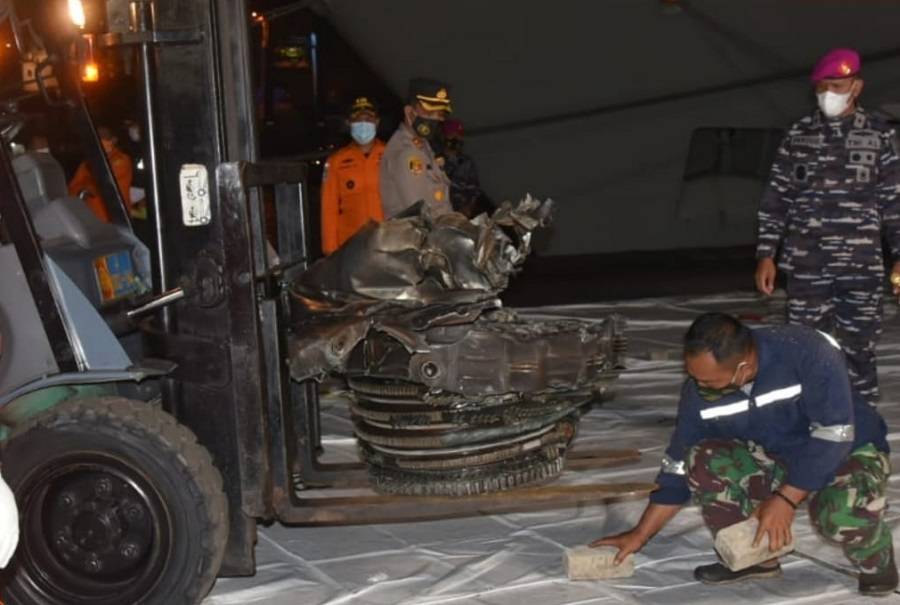
The preliminary report’s timeline shows that the Sriwijaya crew took five seconds after the AP disengaging, to disengage the autothrottle. At this time the pitch was over 10° nose down. The FDR stopped recording 20 seconds later. ATC and other aircraft in the area subsequently tried contacting the aircraft, without success.
Preliminary Report – Sriwijaya’s Technical And Training Side
The Sriwijaya aircraft’s tech log attracted a lot of attention in the preliminary report. There were two recent entries in it. One related to a faulty Mach/Airspeed indicator. Maintenance crews rectified the problem by replacing the part. However, starting on the 3rd of January (6 days before the crash), air crews began reporting autothrottle issues. The engineer first rectified the problem by cleaning the relevant connector and testing the system.
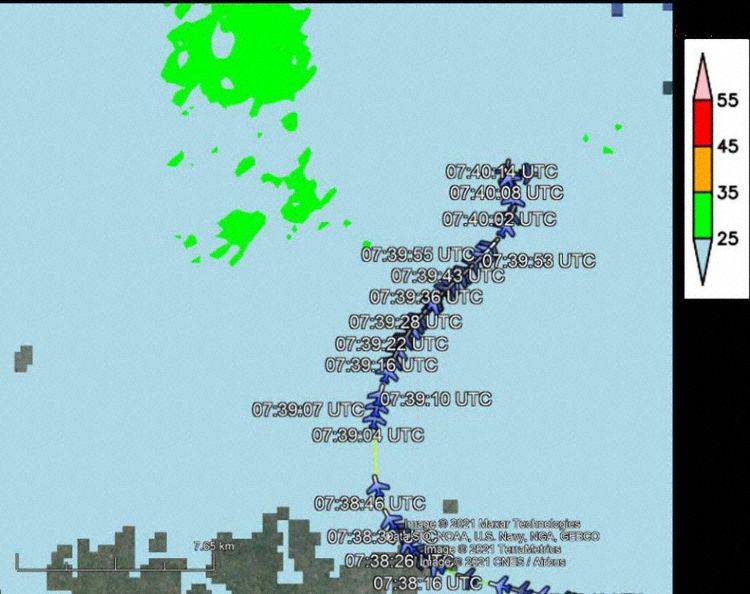
The next day a flight crew reported the same issue. After more cleaning, the problem persisted. An engineer then cleaned another part of the system (the TOGA switch). The BITE (built-in test equipment) test was good, so the engineer pronounced the problem fixed. The preliminary report on the accident looks into Sriwijaya’s handling of repetitive malfunctions.
After the accident, the Directorate General of Civil Aviation (DGCA, Indonesia’s equivalent to FAA, EASA) has undertaken several safety actions. They asked operators of Boeing 737 Classic (300/400/500) models to check several items. These include compliance with airworthiness directives and with the implementation of routine and major inspections. They also asked information on the implementation of supervisory programs, regarding the handling of repetitive defects.
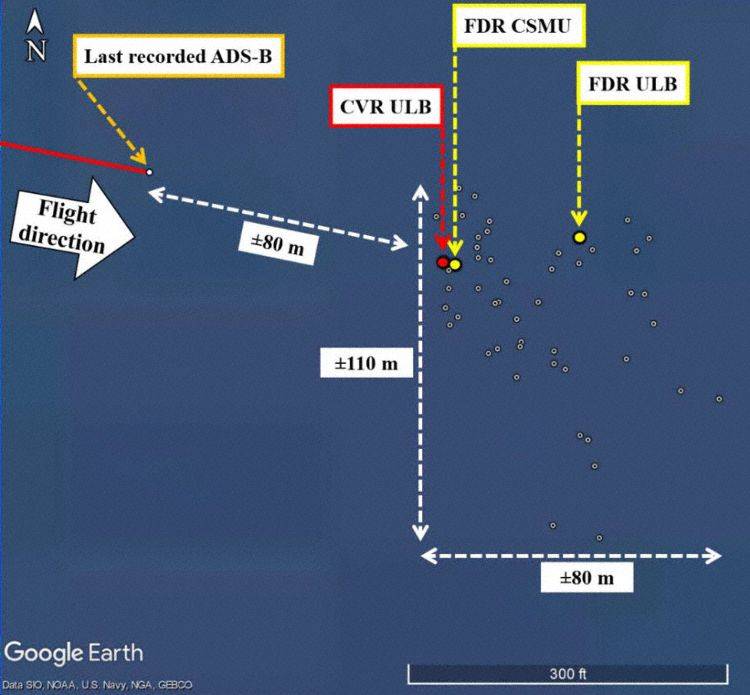
The preliminary report continues, by focusing on DGCA’s actions in ensuring Sriwijaya and other operators’ pilot training. They’re focusing on both proficiency checks and upset recovery training, as well as flight duty limitations, among others. The NTSC goes on, to outline how Sriwijaya and its Chief Pilot responded to DGCA’s actions.
AvHerald remarks that there is no mention anywhere on the preliminary report about any manual control inputs, by the Sriwijaya flight crew.



